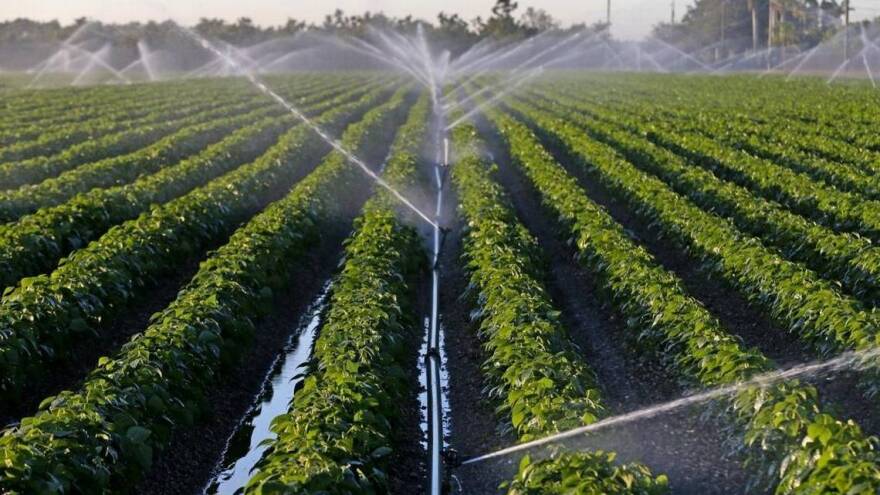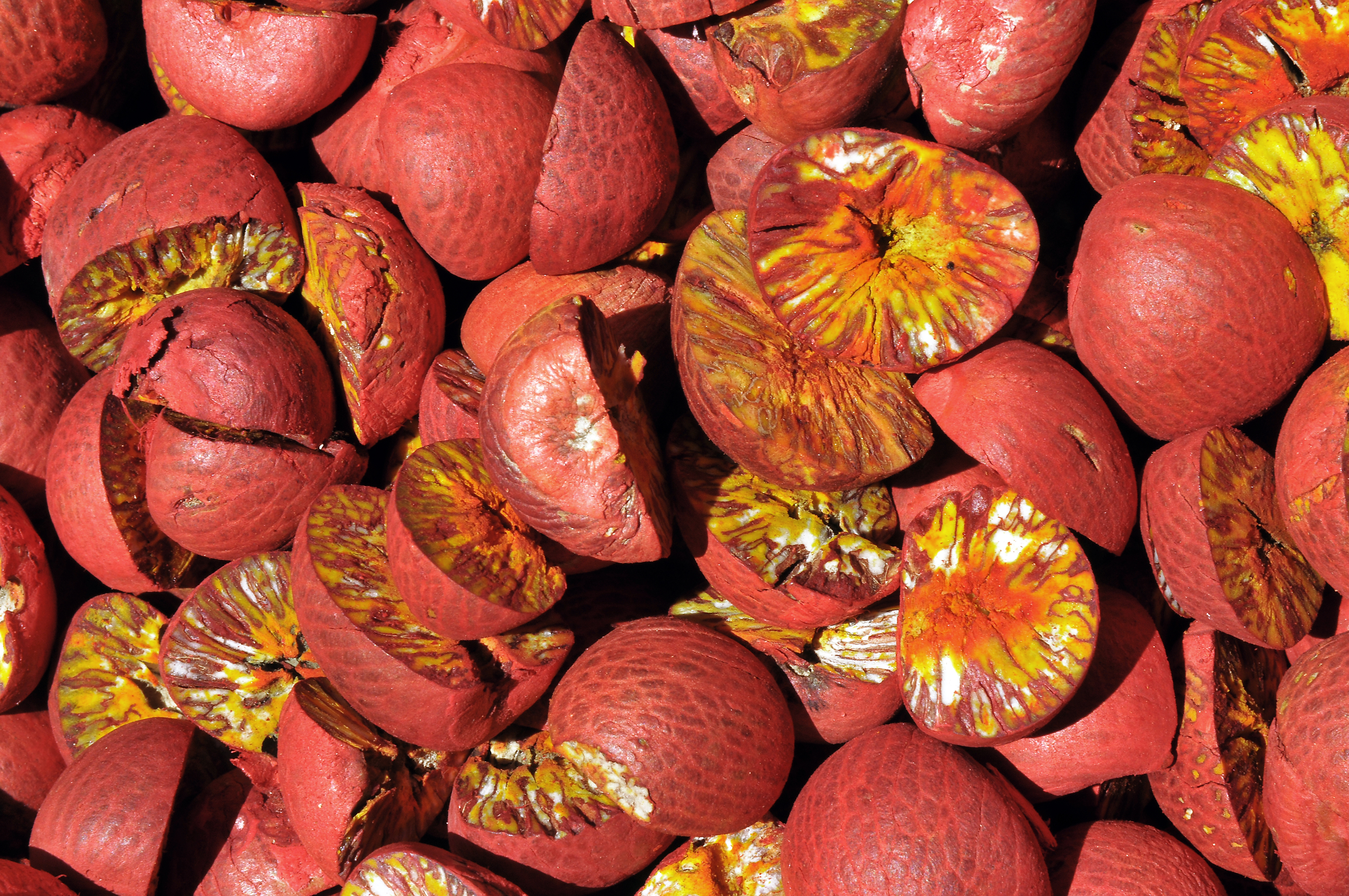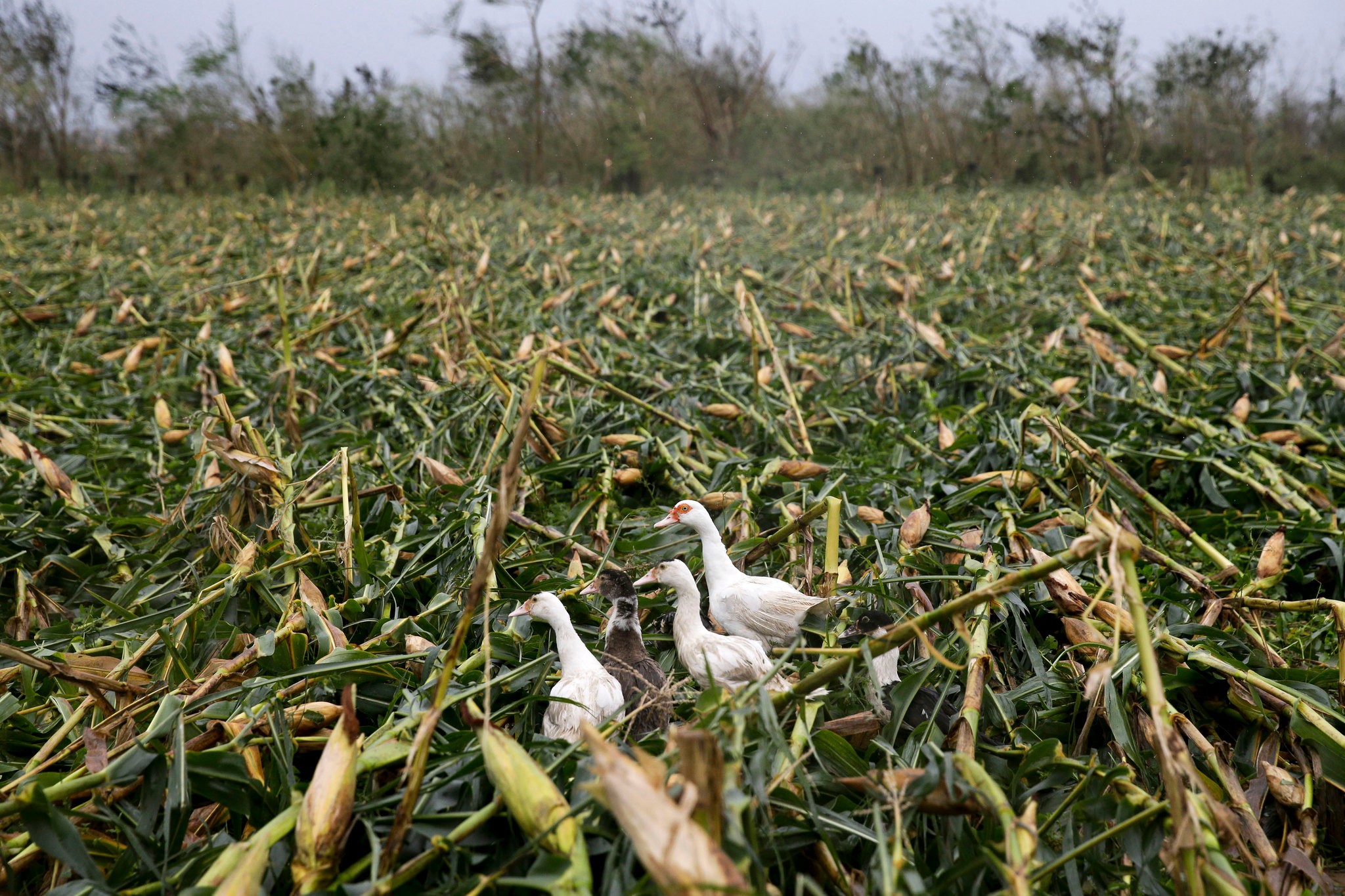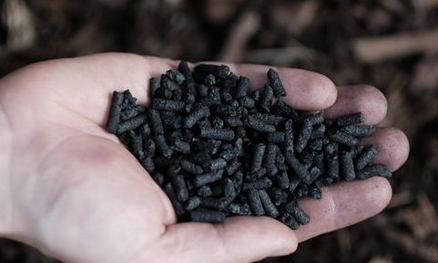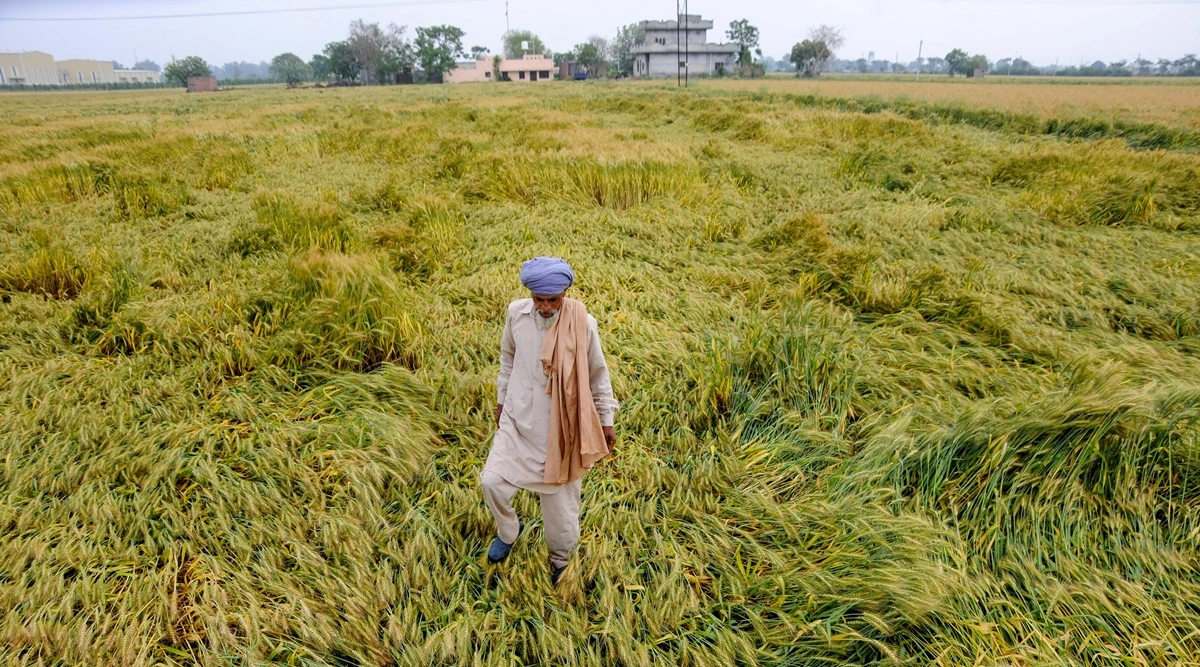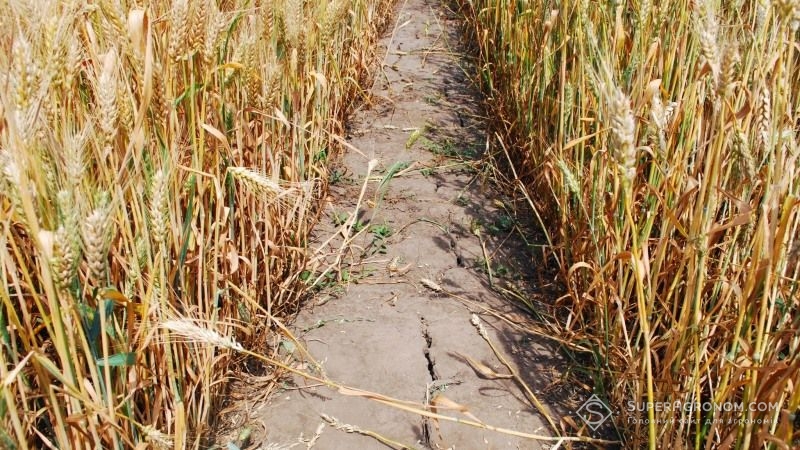USA - Livestock owners see hay supplies cut due to drought
09.06.2021 477 views
Poor crop yields and less hay being grown in California have diminished availability of the fodder, with dairy farmers and livestock ranchers facing sticker shock as they scramble to secure enough supply to feed their animals.
Farmers and brokers say organic hay has been particularly hard to find, due to higher demand from organic dairy farmers in the North Bay, whose grazing season has been cut short by drought and dry pastures.
Neal Carstensen, who grows organic hay in Marin County, said he has warned customers who may still be shopping around that the price of hay will surely continue to climb, "because there is no stock."
"My hay-hauling friends over here are very, very busy right now, because the dairies are trying to buy up anything they can out there early, before it's gone," he said. "I think most dairies understand the need to get it now, because it's not going to be there later."
As with most hay farmers in his region, Carstensen relies on rainfall to make his crop—primarily oat and rye hay—and said he will probably have about 60% of normal yields. Having anticipated the dry year would reduce his tonnage—and that there would be greater demand from his customers—he said he planted hay on ground he initially intended to fallow as part of his regular rotation.
Total California hay acreage has been declining for years—falling to 825,000 acres last year, the lowest on record and a drop of more than 18% from 2019. California farmers are expected to devote 840,000 acres to hay this year, based on a U.S. Department of Agriculture estimate in March.
As a hay broker, Danny Winters, who owns North Bay Hay and Grain in Petaluma, said he's having to look to states much farther away—such as Utah and Idaho—to obtain organic hay, most of which usually comes from Oregon and Nevada and goes to dairy farmers in Sonoma County. Whether it's milking-quality hay or lower-quality hay for dry cows, he said the average price across the board is up $40 to $50 a ton compared to last year.
With regional hay supplies "very tight," and with Klamath Basin growers also facing water restrictions, Winters said he thinks it's possible some of his dairy customers could run out of organic feed. Because of the shortage, he said federal organic regulators should consider allowing organic dairies to use non-GMO feed to get them through this year, until new crops can be produced.
"We're definitely in uncharted territory," Winters said.
A larger problem, he said, has been trying to deliver feed supplies to customers due to a shortage of truck drivers. The problem is so serious, he said, that he's now advising customers not to wait: "When we get it in the bale and we need to get it there, it needs to happen now, or you will not get the product." With trucking rates surging due to longer hauls and higher fuel costs, he said he expects such compounding factors will "majorly impact the solvency" of dairy operations.
Noting that his own silage crop was off by about 20% this year, Sonoma County dairy farmer Doug Beretta said his biggest concern is whether he'll be able to find enough hay if it's not available from his normal suppliers.
"I know some guys who have gone all the way to the Imperial Valley (for organic hay)," he said.
Beretta's organic dairy is one of a few in the region that has access to pasture irrigation through reclaimed wastewater from the city of Santa Rosa—but that water has been cut 60% this year. Beretta said he expects he will need to feed more hay and silage—which represent a significant part of his winter ration—much earlier this year. When those supplies run short, he would then need to feed more byproducts such as almond hulls, which he said he's not sure will be available.
Anticipating a difficult feed year, Beretta said he sold 20 cows in February and will sell another 20 heifers, adding he may need to cull even harder as feed dwindles. After several years of lower milk prices, he said it will be tough "to come up with the money to pay the premium for this hay."
Organic hay has become much scarcer because fewer farmers are willing to grow it as the price gap between conventional and organic hay narrows, people in the business say.
Hay broker Winters noted he lost supplies from two big ranches in Nevada due to aphid infestations, with the farmers deciding to use a pesticide that will take the ground out of organic production for at least several years. But, he said, once farms transition out of organic, "they generally don't come back."
Needing to clean up an infestation of noxious weeds with an herbicide, Sonoma County hay farmer Norm Yenni said this will be his last year producing organic hay, which already represented only about 2.5% of his total acreage.
With a 50% loss in yield this year, Yenni said he definitely has more demand than supply, even after baling about 500 acres he originally intended to harvest for grain. Though he's raised prices about 20%, he said it won't offset the lower production and "make me whole to where I was last year."
After years of lower hay prices, Kings County farmer Stan Azevedo said he converted some of his hay ground to walnuts and pistachios, figuring they would be more profitable. With the price of hay skyrocketing this year, he said he made a profit on his oat hay and "didn't even break even on the trees," as the price of nuts also fell.
Even though the market for nuts has been softening, Brian Gilardi, who grows organic and conventional hay in Sonoma County, said he does not foresee farmers pulling out orchards to plant more hay, though higher hay prices might slow the transition of hay ground to trees.
At Alturas Ranches in Modoc County, which produces conventional alfalfa hay and other feed, CEO Leslie Boyle said she's been hearing from ranchers who are concerned about short forage supplies, with many wanting to place a hold on her hay—something they normally wouldn't do until August. A lot of her hay typically goes outside the region, including to export markets, but this year, she said it may be that more will stay closer to home.
"We're not coming out of this last year with any hay stocks remaining," she said. "Anything we grow this year, it's going to be used. There's no extra."
Source - https://agalert.com

